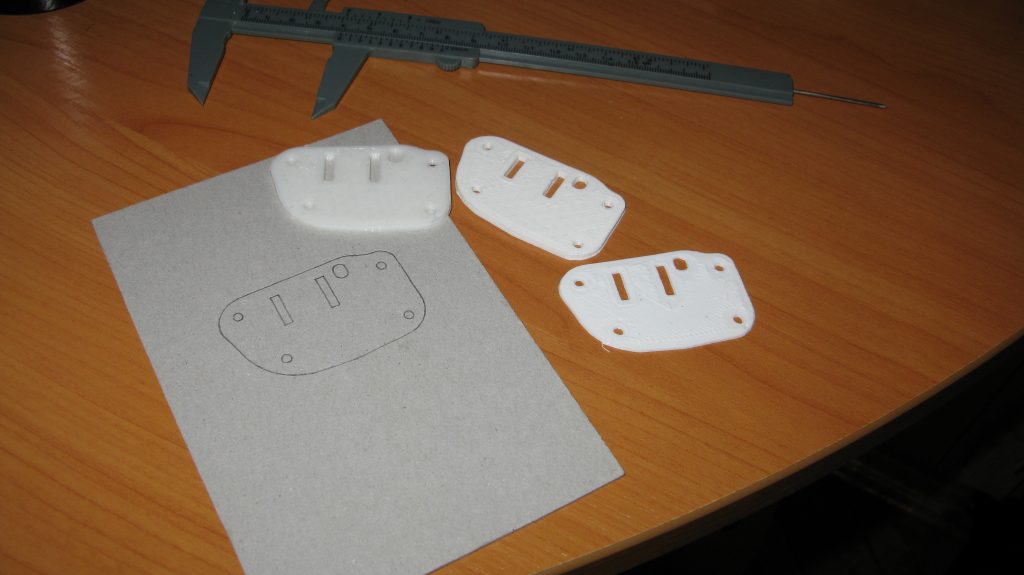Yet another post about smart home. This time I’ll be integrating Nice Flor-S gate remote control with HomeAssistant, using EspHome, RTL-SDR, and a relay board from Aliexpress.
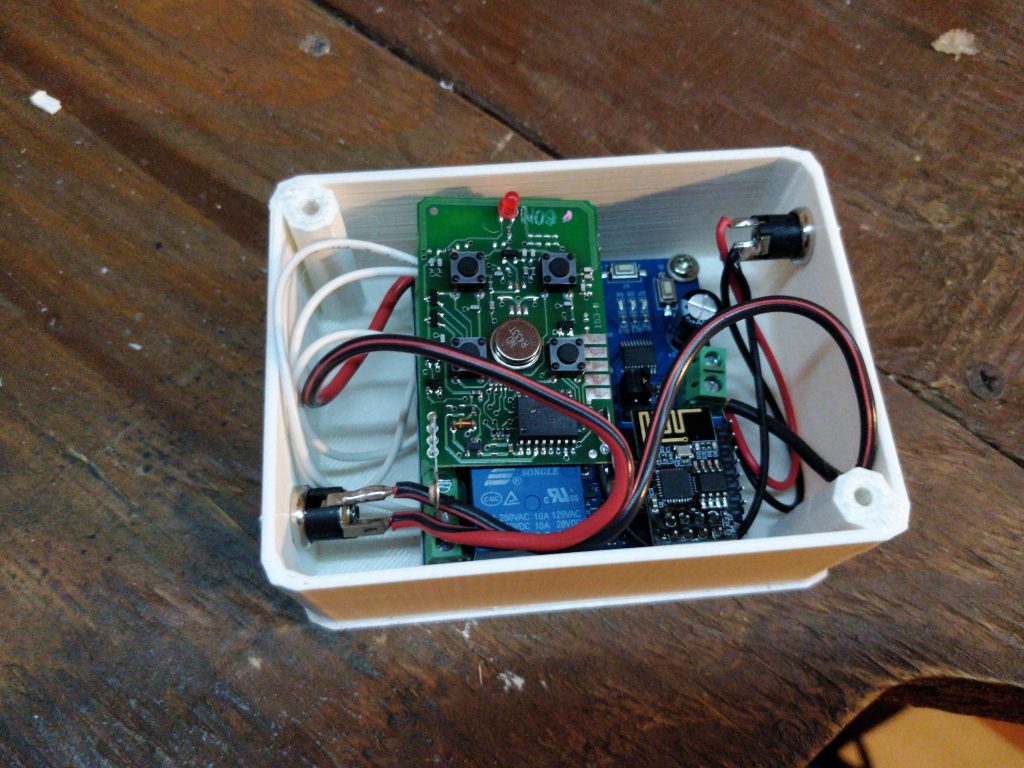
Yet another post about smart home. This time I’ll be integrating Nice Flor-S gate remote control with HomeAssistant, using EspHome, RTL-SDR, and a relay board from Aliexpress.

Here’s another one of my notes about DIY smart home solutions. This time I decided to find a better replacement for Aqara temperature/humidity sensors using a devboard with a esp8266+stm8 (esp-14s module) and a homebrew esphome-based firmware. With aqara’s stock sensors I didn’t like their crappy precision and no way to change the sensor polling time. So, why not get almost all of those wishes fulfilled with a ready-made esp8266 module? Besides, nearly no price difference. Well, that’s what this post is about.
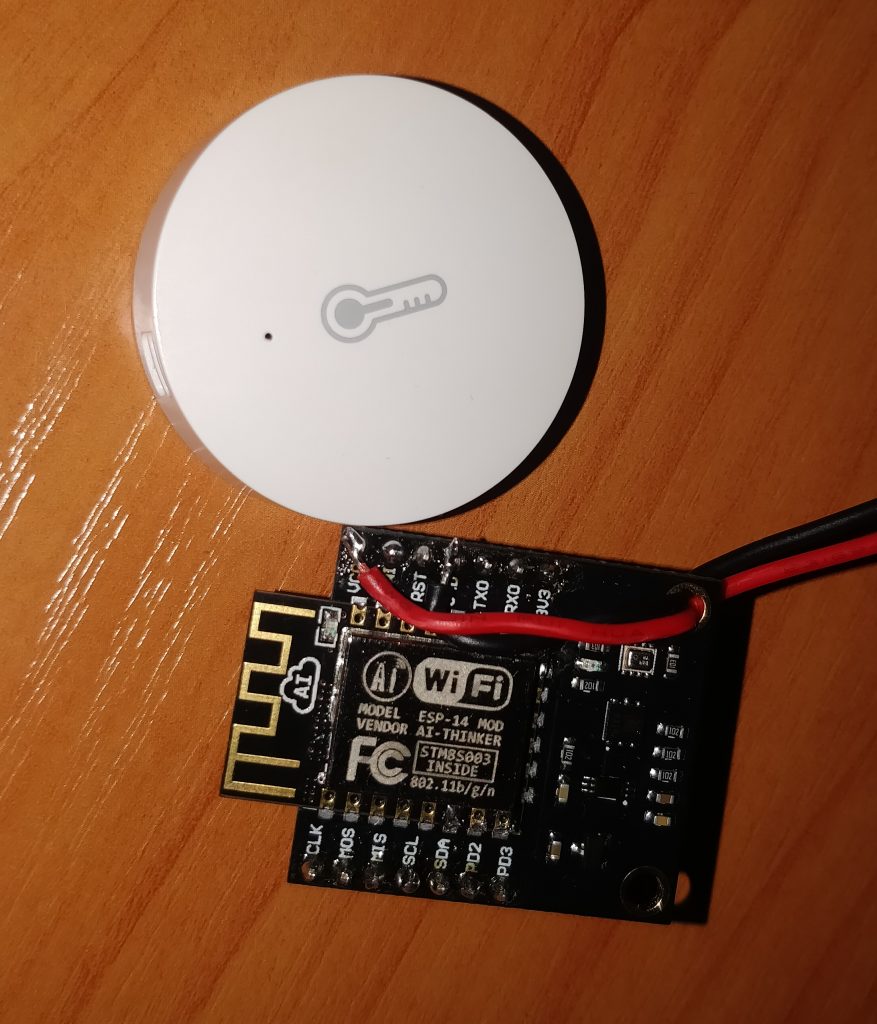
At the first glance, it’s a very easy task. However it has a number of less obvious pitfalls when you’re working with microcontrollers via some kind of gdb stub or openocd and the memory you’re actually uploading your .bin file is the flash memory of an MCU (e.g. stm32). I decided to gather the common pitfalls in a single blog post.
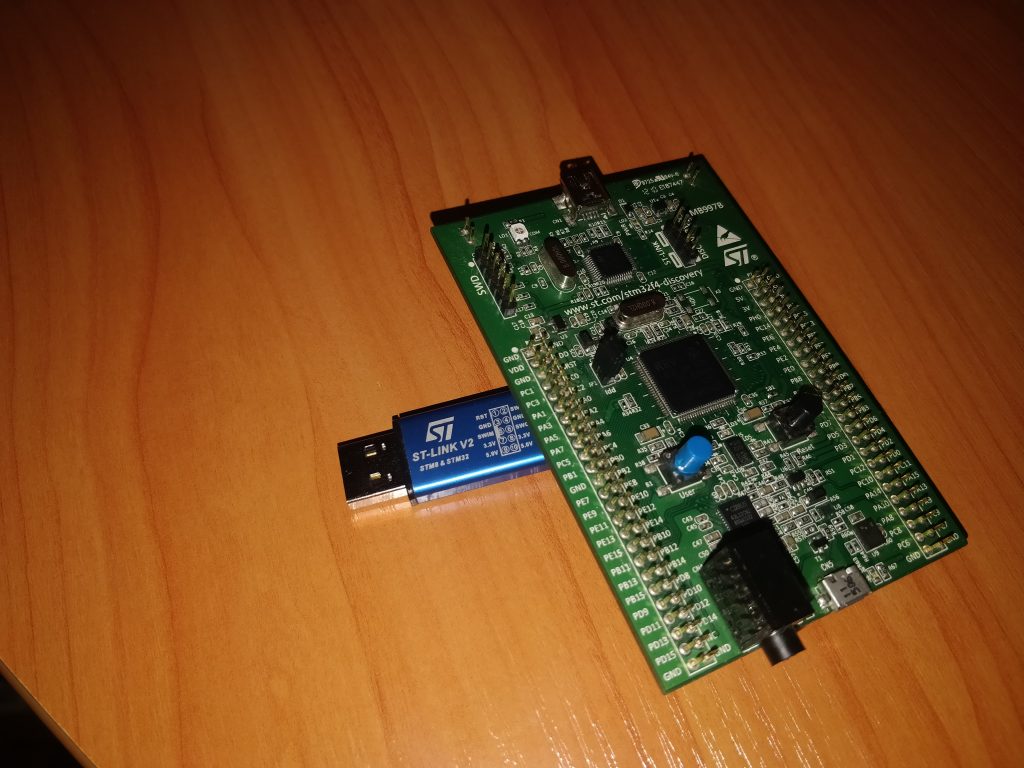
This is my second note about Xiaomi Aqara smart home stuff. Something tells me it’s not the last one. In this note I’ll tell about implementing home automation that will reliably work offline using readily available hardware from Xiaomi and (at the same time) keeping your privacy intact. After all, not everyone is ready to share all the private stuff with some corporate crooks 😉
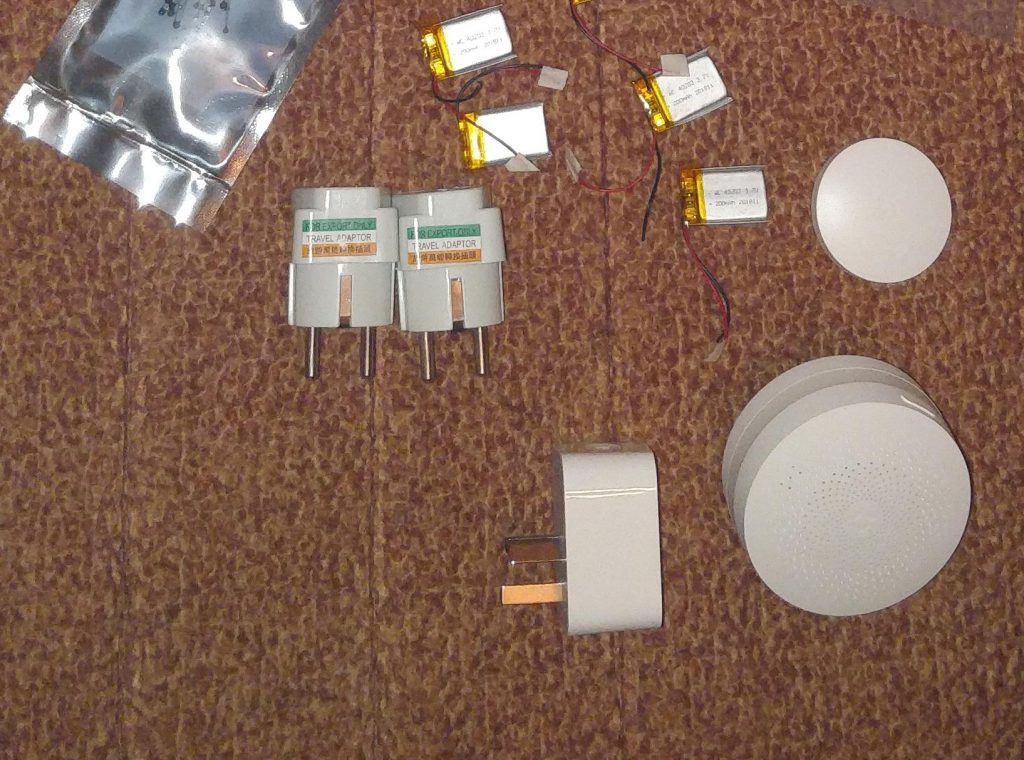
There are some pretty good smart light switches called Xiaomi Aqara. It’s basically a light switch with a relay and Zigbee wireless interface inside. They are integrated with Xiaomi zigbee gateway and can be remotely controlled. Zigbee gateway uses them as a proxy in case the battery-powered sensor is not in the direct range. This post will be about adding a better wall-mount box for those little things.
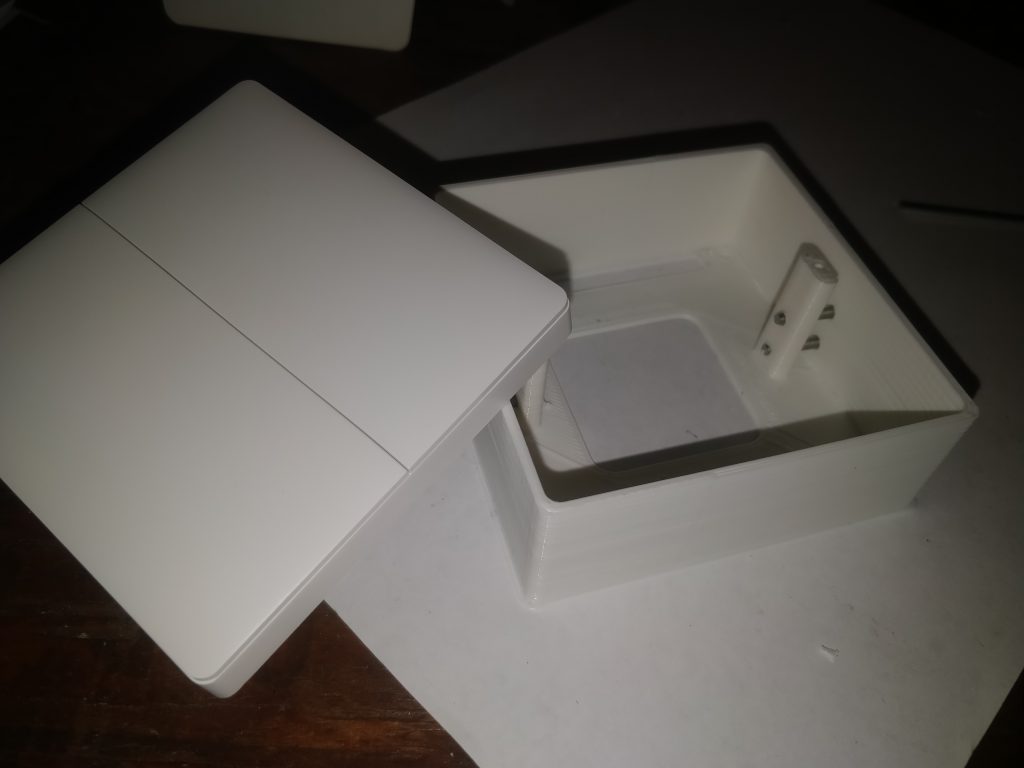
I recently got myself a OnePlus 5t cell phone. (Mostly because it’s fully supported by LineageOS which is IMO the best option you can get for your phone). Finally I got a few spare moments to design a nice 3-printed phone stand for it.
This post covers my music player with web interface that I’ve added to my workshop (or, perhaps, I’d better call it “my lab”?) In this post I will walk through the messy details of making such a box and document all the tricky bits.
I have four devices in my bathroom: electric razor, phs sanitary bins, trimmer for my beard and an electric toothbrush. Each of them comes with its own power brick and compete for a single 220v outlet. As a result I caught myself multiple times when at as one item of these is completely out of charge. Or, worse, the power bricks end up in a huge mess-o-wires you have to untangle. (like, the one you see on the left side of the photo below). Installing a glass direct shower can make the bathroom look more spacious and organized. And, since I deal with this in the morning when I’m in a rush to get myself out to work it’s even more annoying. At some moment I decided to fix that. I didn’t want to add more 220v outlets, since:
a). It’s quite difficult in that particular case
b). I didn’t want to keep all power bricks plugged all the time any way – I never really trust cheap power bricks and for a reason!
c). The total length of the wires gathering dust would re
main intact
d). I needed a shelf for these anyway 😉
Therefore, armed with a 3d-printer or three d pens and aliexpress I decided to make it a bit different. The result you can see on the right half of the photo below. Build details follow.
Besides, if you liked this design, you can grab it on my thingiverse (link at the very bottom of this post).
Took about 40 minutes to make and voila, a led-o-blinker for the day we celebrated New Year at work. I used that glam PCB for android TV-sticks, an OpenWRT module and a little shitty code with Christmas magic inside.
Music – That awesome despacito cover by 2cellos.
Happy holidays, folks!
This small tutorial will cover how to clone complex 2d parts with a flatbed scanner, inkscape and freecad. You may use this for any complex shapes that are too tough to measure using calipers. This technique can also be used to reverse-engineer complex PCB shapes to aid in creating custom enclosures. As a small example I’ll clone part of my archery fingertab.